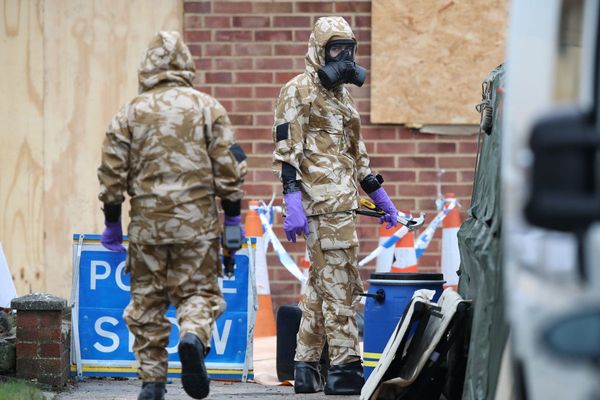It's the kind of joined-up thinking that has put the country in the position it is in today.
A complete and utter mess.
The realisation has dawned on supporters of both Liverpool and Manchester City they face a potential travel nightmare for next month's FA Cup semi-final with rail services from the north west into London Euston having been scrapped for that April weekend.
Such work, of course, needs to be done at some point, and the Easter holidays seems as good a time as any with most commuters staying at home. That, though, is of little consolation to fans who must now contemplate an overly-circuitous and expensive train journey or join the thousands others who will clog up the roads on the way down to the capital.
But what this unfortunate coincidence has underlined is an issue that has long been a major gripe to not only FA Cup traditionalists but an increasing number of fans of all ages.
READ MORE: Jurgen Klopp is about to take 'season-defining' to a whole new level at Liverpool
Just why are the semi-finals still being held at Wembley?
The decision was made back in 2007 to play such matches at the national stadium for the foreseeable future as the Football Association looked to help pay off the £789million build cost. Some 15 years later, that continues to be the case despite Wembley hosting all manner of different events ranging from club and international football, rugby league, boxing and music concerts.
Indeed, in the next five months there are 28 events scheduled - that's more than most Premier League grounds will host in a season. Hardly a shortage of money-making opportunities.
Playing at Wembley might make more sense for the second semi-final between Chelsea and Crystal Palace, but that's a rare occurrence - only four times previously have clubs based in or around London met in the last four at the new national stadium.
Part of what made semi-final weekend so special for the majority of the FA Cup's existence was that it was unique in the football calendar in that games were played at neutral venues that were the homes of rival teams. There was a certain sense of excitement at Liverpool and Manchester United fans rocking up at Goodison or Maine Road, as happened in 1979 and 1985. Villa Park, by its central geographical nature in Birmingham, has still hosted far more semi-finals than any other stadium.
The trend for Wembley began in 1991 when, under pressure from Tottenham Hotspur and Arsenal fans, it hosted the North London derby semi-final. The FA were duty bound to repeat that when they were paired together again two years later, with the Sheffield derby semi also taking place at the national stadium. The 1994 semi-finals did likewise, but appetite waned and they returned to neutral venues until helping wave off the old Wembley in 2000.
For the vast majority of the time, though, Wembley was reserved for the final. It had a special place. And while it is no longer such an achievement to play at the national stadium given the plethora of routes available in most competitions, the FA Cup final remains its biggest regular showpiece. Why not allow it to regain some prestige?
After all, this season has seen a significant increase in interest in the FA Cup, driven by the lengthy runs of Championship duo Nottingham Forest and Middlesbrough, the fairy-tale of Boreham Wood and the near-miss of Kidderminster Harriers. Key to all of that, however, has been the return to terrestrial television of live matches, both BBC and ITV broadcasting free-to-air matches.
There are now modern stadia of sufficient size throughout the country to host FA Cup semi-finals. Few, for example, could complain if Liverpool's semi-final against City was at Old Trafford and Chelsea took on Crystal Palace at the Emirates.
Wanting FA Cup semi-finals at neutral club grounds was once thought the preserve of people stuck in the past yearning for the supposed good old days. But events of the last few days has underlined that, in most circumstances, it makes absolute sense. The FA need to sort it out - now and for the future.







